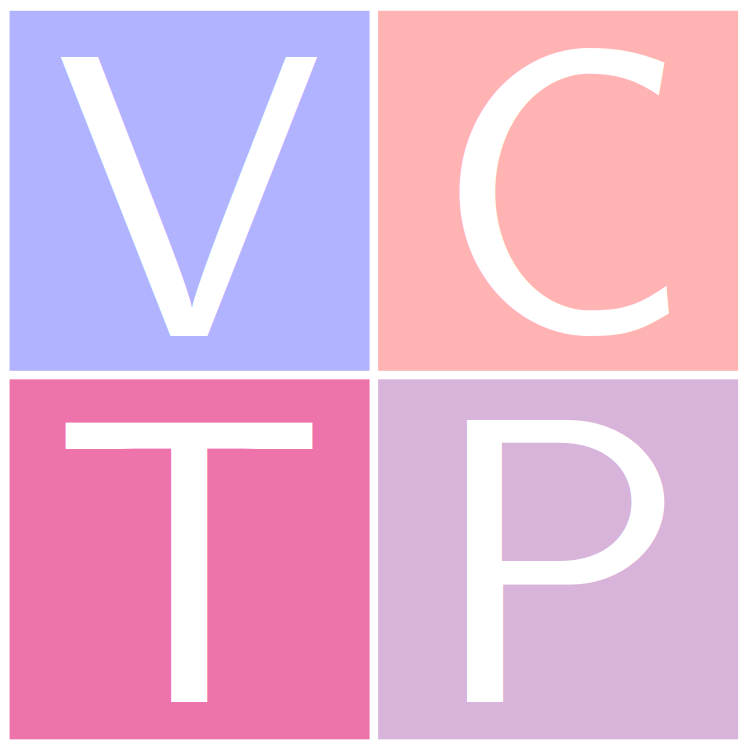

|
48th Vietnam Conference on Theoretical Physics (VCTP-48)
Hội nghị Vật lý lý thuyết Việt Nam lần thứ 48
Đà Nẵng, 31 July - 3 August, 2023
|
ProgrammeI.2 -- Invited, VCTP-48 Date: Monday, 31 July 2023 Time: 10:30 - 11:10 Hydrogenation process of CO2 on metal catalysts studied by combined first-principles and machine learning methodsYoshitada Morikawa Department of Precision Engineering, Graduate School of Engineering, Osaka University, 2-1 Yamadaoka, Suita, Osaka 565-0871, Japan Chemical reactions at surfaces and interfaces play important roles in wide ranges of applications such as heterogeneous catalysis, electrochemistry, fuel cells, batteries, etching processes of semiconductor materials, and so on. In this talk, we will present theoretical investigation and prediction of hydrogenation of CO2 over Cu catalyst[1,2]. To clarify reaction mechanisms and to identify important factors governing the reactivity of CO2 on solid surfaces are very important to develop more efficient catalysts or catalytic processes for utilization of CO2. To this end, we investigated CO2 adsorption and hydrogenation[1] on Cu surfaces using van der Waals density functionals as implemented in our home made STATE (Simulation tool for Atom TEchnology) program code [3]. In the second topic, we will discuss the formation process of Cu–Zn surface alloy, which has been extensively involved in the investigation of the true active site of Cu/ZnO/Al2O3, the industrial catalyst for methanol synthesis which remains under controversy. To provide a better understanding of the dynamic of Cu–Zn surface at the atomic level, the structure and the formation process of the Cu–Zn surface alloy on Cu(997) were investigated by machine-learning molecular dynamics (MD) [4]. As the third topic, we will discuss the adsorbate-induced surface reconstruction. The adsorbate-induced surface reconstruction might critically determine catalytic activity by altering the morphology of the active sites. We focus on the influence of CO adsorption upon the formation of Cu clusters on the Cu(111) surface [5]. References: [1] F. Muttaqien, H. Oshima, Y. Hamamoto, K. Inagaki, I. Hamada, and Y. Morikawa, Chem. Comm., 53, 9222 (2017). [2]. J. Quan, F. Muttaqien, T. Kondo, T. Kozarashi, T. Mogi, T. Imabayashi, Y. Hamamoto, K. Inagaki, I. Hamada, Y. Morikawa, and J. Nakamura, Nature Chemistry, 11, 722-729 (2019). [3]. Y. Hamamoto, I. Hamada, K. Inagaki, and Y. Morikawa, Phys. Rev. B, 93, 245440 (2016). [4]. H. H. Halim and Y. Morikawa, ACS Phys. Chem. Au, 2, 430-447 (2022). [5]. H. H. Halim, R. Ueda, and Y. Morikawa, submitted. Presenter: Yoshitada Morikawa |
|
Institute of Physics, VAST
|
Center for Theoretical Physics |
Center for Computational Physics
© 2012-2022 Center for Theoretical Physics & Center for Computational Physics Institute of Physics, VAST, 10 Dao Tan, Hanoi, Vietnam |